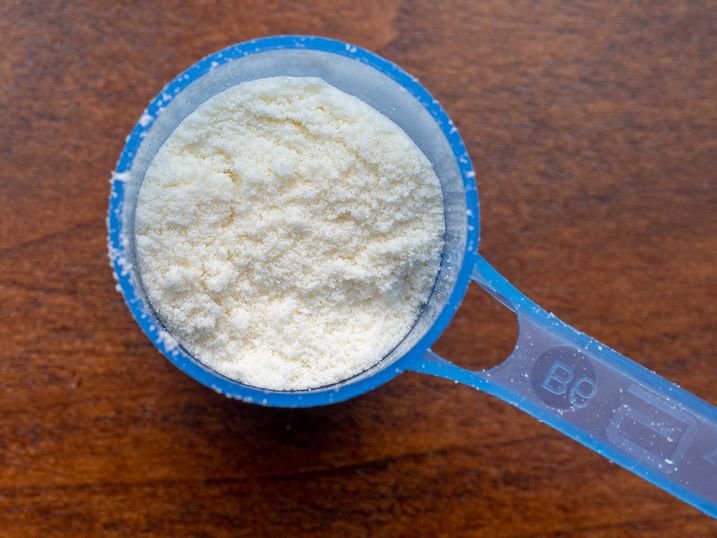Benefits of protein for building muscle
Benefits of Protein for Building Muscle The best sports diet contains enough protein to build and repair muscle, grow hair and nails, produce hormones, replace red blood cells, and boost your immune system. Any excess protein is burned for energy or stored as glycogen or fat. People who eat moderate portions of protein-rich foods get a greater proportion of the proteins they need. Benefits of protein for building muscle.
What are the true benefits of protein for muscle gain?
Daily protein is important for people who restrict calories, because it is burned for energy when carbohydrates are scarce. Resistance forms of exercise—not excess protein building muscle—if you consume more protein than you need, you will simply burn more protein as a fuel source. There is no evidence that taking protein supplements on top of a proper diet (with about 0.5 grams of protein per pound, or 1 gram per kilogram) will enhance muscle size or strength. Getting protein from natural foods is better because they contain protein the way you would. Intended by nature as well as unknown bioactive compounds that may affect muscle growth.
How much protein?
There is no single answer to this question, and research on this topic is still nascent. The best recommendations are that adults get at least 0.8 grams of protein per kilogram of body weight per day, weighing in at about 64 grams per 160 pounds. In the United States, adults get 15 percent of their calories from protein on average; For someone who needs a 2,000-calorie-a-day diet, that's about 75 grams of protein. In healthy people, increasing protein intake to 20 to 25 percent of calories can reduce the risk of heart disease. If extra protein replaces refined carbohydrates, high-protein diets can also be beneficial for weight loss, in conjunction with following Low-calorie diet Long-term evidence of its effectiveness is desire.
For people who are otherwise healthy, consuming 20 to 25 percent of calories from protein will not harm the kidneys. For people with early-stage diabetes or kidney disease, the American Diabetes Association recommends limiting protein intake to 0.8 to 1.0 grams of protein per kilogram of body weight (about 10 percent of energy intake), as this may help improve heart function. the kidneys; At a later stage of kidney disease, it is recommended to adhere to a minimum of 0.8 grams per kilogram. Too much protein can create problems with health and performance. If you eat a lot of protein, you will not be feeding your muscles with carbohydrates. A diet rich in protein can be high in fat. This diet may also reduce the risk of some types of cancer. The protein is broken down into urea, which is a waste product in the urine.
Amino acids. What are amino acids?
Amino acids are organic compounds that combine to form proteins.
When proteins are digested or broken down, amino acids are left.
Amino acids are classified into three groups:
essential amino acids
Non-essential amino acids
Conditional Amino Acids
Essential amino acids
Essential amino acids cannot be made by the body. As a
result, it must come from food.
The nine essential amino acids are: histidine, isoleucine,
leucine, methionine, phenylalanine, threonine, tryptophan and valine.
Non-essential amino acids
Our bodies produce them, even if we don't get them from the
food we eat.
They include: alanine, asparagus, aspartic acid, and
glutamic acid.
Conditional Amino Acids
Conditional amino acids are not usually necessary, except in
times of illness and stress.
They include: arginine, cysteine, glutamine, tyrosine,
glycine, ornithine, proline, and serine.
You don't need to eat the essential and nonessential amino acids at every meal, but getting a balance of them throughout the day is important.
Protein foods are grouped as either complete or incomplete proteins.
Complete proteins contain all nine essential amino acids. Complete proteins are found in animal foods such as meat, fish, poultry, eggs, milk and dairy products such as yogurt and cheese. Soy is the only plant protein that is considered a complete protein.
Incomplete proteins lack one or more essential amino acids. Incomplete sources of protein include beans, peas, nuts, seeds, and grains. A small amount of incomplete protein is also found in vegetables.
Plant proteins can be combined to provide all the essential amino acids and form a complete protein. Examples of combined whole plant proteins are rice, cereals, wheat, corn, and beans.
Animal and vegetable protein
Many people choose not to eat animal protein. Some may think
that animal protein is harmful to health, others are difficult to digest or
harmful to the environment. Whatever the reason for that, they still need
adequate protein to maintain good health. Replacing meat with beans is the way
to eat a balanced vegetarian diet. You can get adequate protein by including
chickpeas, kidney beans, tofu, nuts and other forms of vegetable protein in
your diet. Plant protein is less concentrated than animal protein, so you need
larger amounts to get the same amount.

Post a Comment